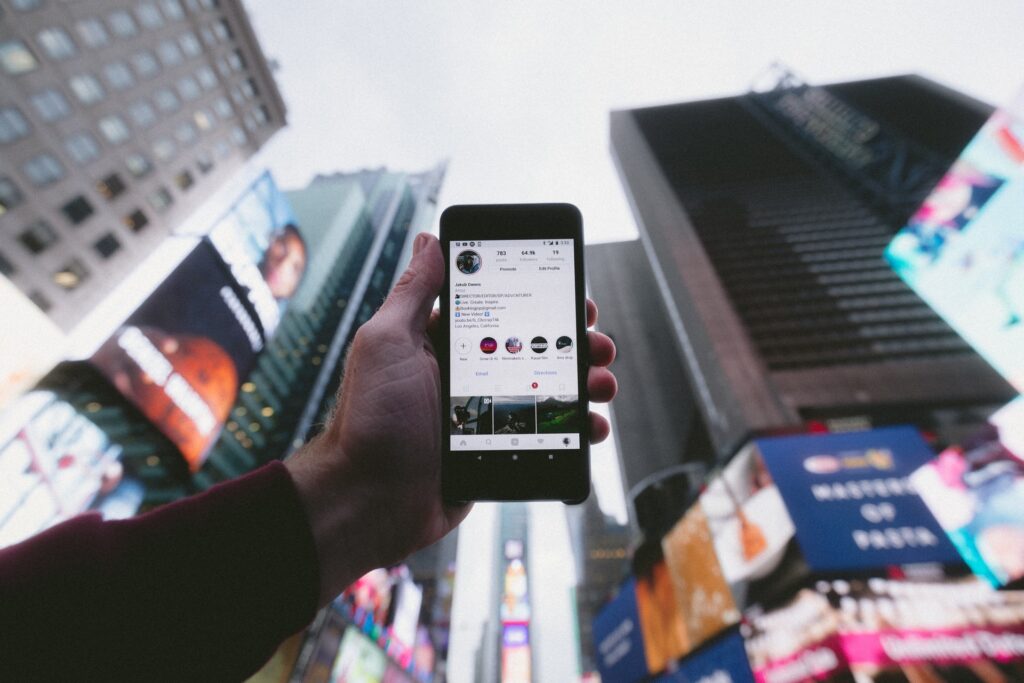How to properly create and conduct social media warm-ups
Social media warm-ups are a popular mechanism for attracting an audience to a new product. This process typically lasts 3-4 weeks, where the first 7 days are spent presenting the topic itself and its relevance. Then about a week is spent on the formation of the needs of the audience, and the disclosure of its problems. The remaining time represents the sales window when buyers are already maximum interested.
Now the situation in the market has changed significantly, and the warm-up time is reduced. Specialists must fit all the stages in 10-14 days, so the process must be as concise and capacious as possible. This approach excludes long summaries and multiple stories when one idea is stretched over several clips. In today’s environment, such an approach not only hurts sales but also will withdraw interest in the early stages of heating.
It is important to fit all the necessary meanings into this short time frame:
- update those problems that will resonate with the audience’s problems;
- demonstrate the consequences if these problems are not solved;
- form the need to find a way out of the situation;
- present options for solving the problem to the audience, while maximizing your expertise on the issue;
- provide evidence that you are fully versed in the topic;
- show the benefits of the product and its effectiveness for a particular problem;
- introduce the offer, which contains a description of the product or service and the price.
A short social media warm-up can be made capacious and effective, despite the short timeframe. However, for the scheme to work, you need to consider a number of important points.

The main thing that the customer needs is the result. The more specific he will understand it, the easier he will agree to buy the product offered. It is necessary to highlight the key idea of the warm-up and focus the user’s attention on it. Each side should clearly understand what they want, the customer – to buy the product, and you – to sell it. This approach is relevant for different variants of the proposal, including masterclasses, courses, and marathons.
The mistake many product authors make is that they are initially quite vague about the result the customer will receive. In order not to lose the audience, it is better to write out all the goals and results before the start of the warm-up, and then create a scenario based on these points. This approach will allow you to stay on topic and always keep your customer’s attention on how they will benefit after purchasing the product.
The lack of a clear structure also hurts the progression. In some cases, an intuitive approach yields results, but in this case, it is impossible to fully predict the effectiveness. That is why it is best to stick to a certain algorithm of actions, which includes revealing the main idea, expertise, working with objections, and other important stages of the warm-up.
